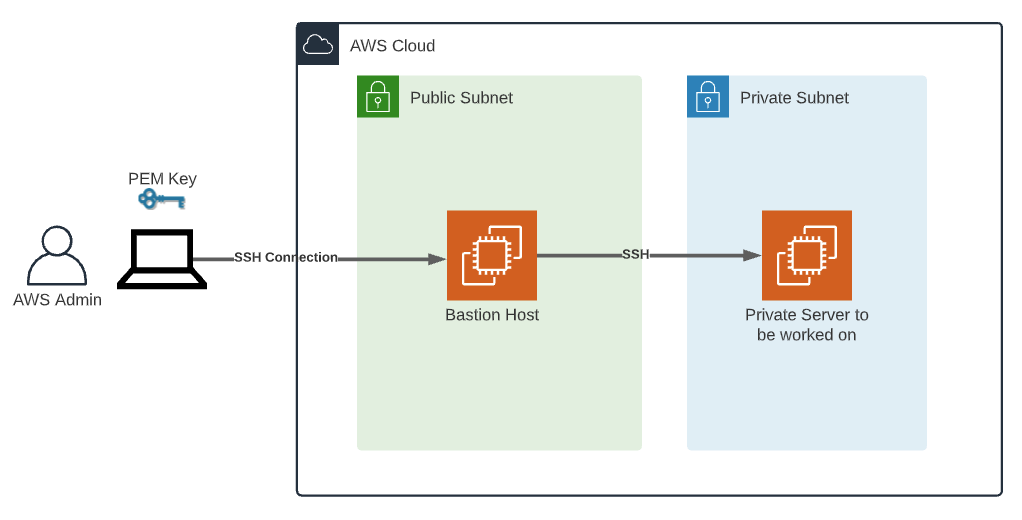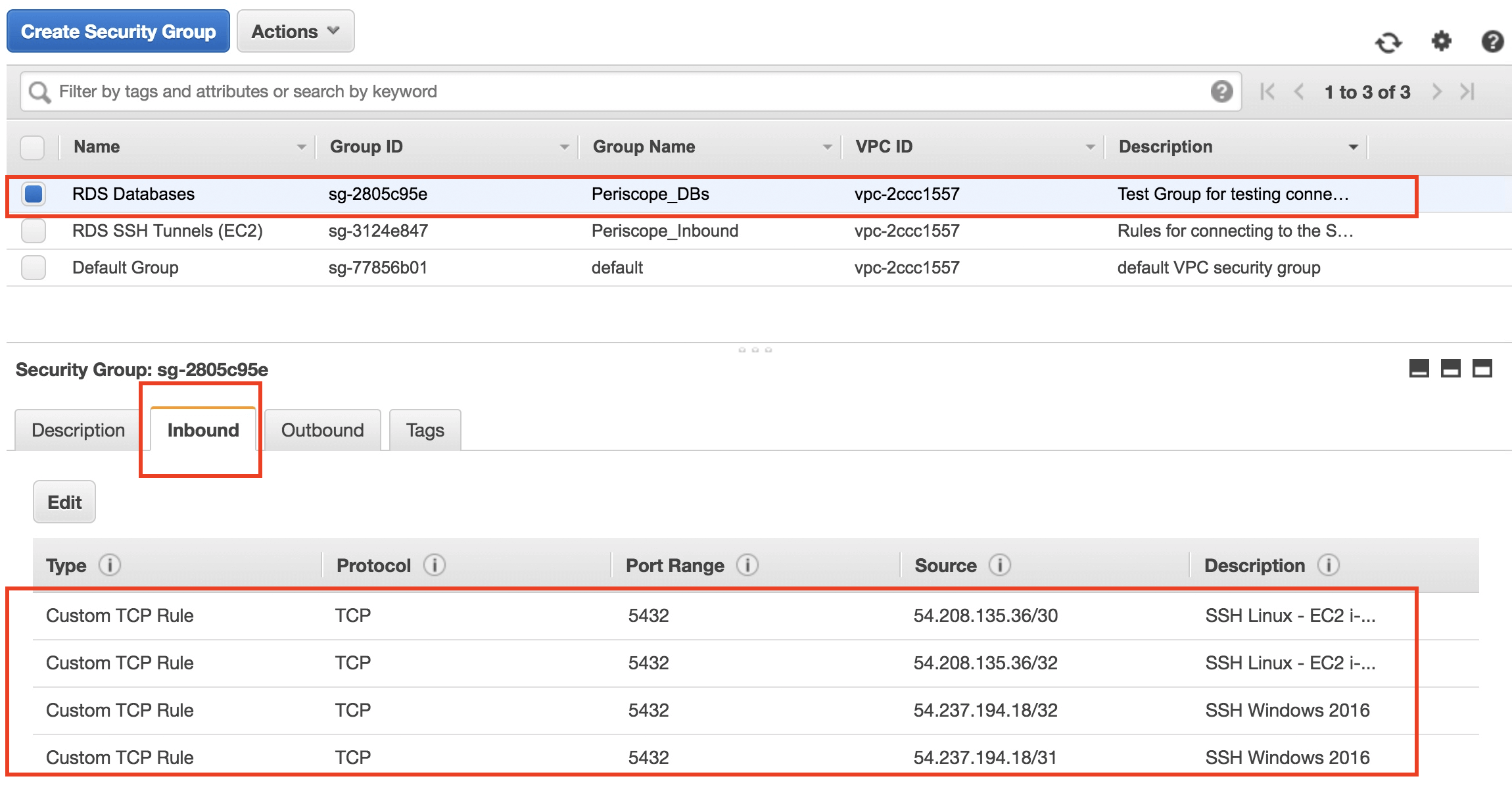Mastering RemoteIoT SSH AWS Example: A Comprehensive Guide For Tech Enthusiasts
Hey there, tech-savvy friend! If you're diving into the world of IoT (Internet of Things) and exploring the power of AWS (Amazon Web Services), you're in for a treat. Today, we’re unraveling the mystery of RemoteIoT SSH AWS Example. This isn’t just about setting up SSH connections; it’s about empowering your IoT projects with secure and scalable cloud solutions. So, buckle up and get ready to dive deep into this exciting tech journey!
Imagine a scenario where your IoT devices are scattered across the globe, and you need to manage them seamlessly. That's where AWS steps in, offering a robust platform for secure communication and data processing. RemoteIoT SSH AWS Example is your gateway to mastering this process. By the end of this article, you'll have a solid understanding of how to set up and manage SSH connections on AWS for your IoT projects.
This guide is crafted for anyone looking to enhance their IoT capabilities using AWS. Whether you're a beginner or an experienced developer, you'll find valuable insights and practical examples that will help you take your projects to the next level. Let's get started!
Read also:Hdhub4uis Your Ultimate Destination For Highquality Entertainment
Table of Contents
- Introduction to RemoteIoT SSH AWS Example
- Understanding IoT Basics
- AWS Overview
- What is SSH?
- Setting Up RemoteIoT
- AWS SSH Setup
- Example Implementation
- Security Best Practices
- Troubleshooting Tips
- Conclusion
Introduction to RemoteIoT SSH AWS Example
Alright, let's kick things off with the basics. RemoteIoT SSH AWS Example is essentially a blueprint for securely managing IoT devices using AWS's powerful infrastructure. SSH (Secure Shell) is the key to establishing encrypted connections between your devices and the cloud. AWS provides the perfect platform to scale these connections, ensuring your IoT projects are both secure and efficient.
In this section, we'll explore why SSH is crucial for IoT projects and how AWS simplifies the process. You'll also get a glimpse of what to expect in the upcoming sections, ensuring you're well-prepared for the journey ahead. So, if you're ready to dive into the world of IoT and AWS, let's get rolling!
Understanding IoT Basics
What is IoT?
IoT, or the Internet of Things, refers to the network of physical devices embedded with sensors, software, and connectivity, enabling them to exchange data. These devices range from smart home appliances to industrial machinery, all designed to enhance efficiency and convenience.
Key benefits of IoT include:
- Increased automation
- Improved data collection and analysis
- Enhanced user experience
Why IoT Matters in 2023
As the world becomes more connected, IoT continues to play a pivotal role in various industries. From healthcare to manufacturing, IoT solutions are transforming the way businesses operate. Understanding the basics of IoT is crucial for anyone looking to leverage its potential.
Read also:Wwwfry99com Your Ultimate Guide To Online Entertainment And Beyond
AWS Overview
What is AWS?
AWS, or Amazon Web Services, is a comprehensive cloud platform offering a wide range of services, including computing power, storage options, and database management. AWS is renowned for its scalability, reliability, and security, making it the go-to choice for many tech enthusiasts.
Some key AWS services include:
- EC2 (Elastic Compute Cloud)
- S3 (Simple Storage Service)
- RDS (Relational Database Service)
Why Choose AWS for IoT?
AWS provides a seamless integration of IoT services, ensuring your devices are connected, managed, and secured effortlessly. With features like AWS IoT Core and AWS Lambda, you can build scalable and efficient IoT solutions tailored to your needs.
What is SSH?
SSH Basics
SSH, or Secure Shell, is a cryptographic network protocol used to secure communication between devices over an unsecured network. It's widely used for remote system administration and file transfers, providing a secure way to access servers and devices.
Key features of SSH include:
- Encryption
- Authentication
- Secure data transfer
Why Use SSH for IoT?
SSH is essential for IoT projects, ensuring secure communication between devices and the cloud. By using SSH, you can protect sensitive data and maintain the integrity of your IoT ecosystem. It's a must-have tool for anyone serious about IoT security.
Setting Up RemoteIoT
Step-by-Step Guide
Setting up RemoteIoT involves several steps, from configuring your devices to establishing secure connections. Here's a quick guide to get you started:
- Install necessary software on your IoT devices.
- Configure network settings for optimal performance.
- Set up SSH keys for secure authentication.
Each step is crucial for ensuring your IoT devices are ready to connect to AWS. Take your time to understand each configuration, as it will lay the foundation for a successful setup.
AWS SSH Setup
Connecting IoT Devices to AWS
Connecting your IoT devices to AWS via SSH is a straightforward process. Here's how you can do it:
- Create an EC2 instance on AWS.
- Generate SSH keys for secure access.
- Connect your IoT devices to the EC2 instance using SSH.
By following these steps, you'll have a secure and scalable connection between your IoT devices and AWS. This setup is the backbone of your RemoteIoT SSH AWS Example.
Example Implementation
A Practical Example
Let's walk through a practical example of RemoteIoT SSH AWS Example. Imagine you have a fleet of IoT sensors monitoring environmental conditions. Here's how you can set it up:
- Deploy your sensors with SSH capabilities.
- Set up an EC2 instance on AWS to collect data.
- Use SSH to securely transfer data from sensors to the EC2 instance.
This example demonstrates the power of combining IoT with AWS, enabling you to collect and analyze data in real-time.
Security Best Practices
Securing Your IoT Devices
Security is paramount when it comes to IoT projects. Here are some best practices to keep your devices and data safe:
- Use strong, unique SSH keys.
- Regularly update firmware and software.
- Monitor network activity for suspicious behavior.
By following these practices, you'll ensure your IoT ecosystem remains secure and resilient against potential threats.
Troubleshooting Tips
Common Issues and Solutions
Even with the best setup, issues can arise. Here are some common problems and their solutions:
- Connection errors: Check network settings and SSH configurations.
- Data transfer issues: Ensure proper permissions and firewall settings.
- Device malfunctions: Restart devices and verify software updates.
These tips will help you troubleshoot and resolve issues quickly, ensuring your IoT projects run smoothly.
Conclusion
Well, there you have it—a comprehensive guide to RemoteIoT SSH AWS Example. By now, you should have a solid understanding of how to set up and manage SSH connections for your IoT projects using AWS. Remember, security and scalability are key, so always follow best practices and stay updated with the latest trends.
Don't forget to share your thoughts and experiences in the comments below. And if you found this guide helpful, consider exploring more articles on our site. Happy coding, and see you in the next tech adventure!


